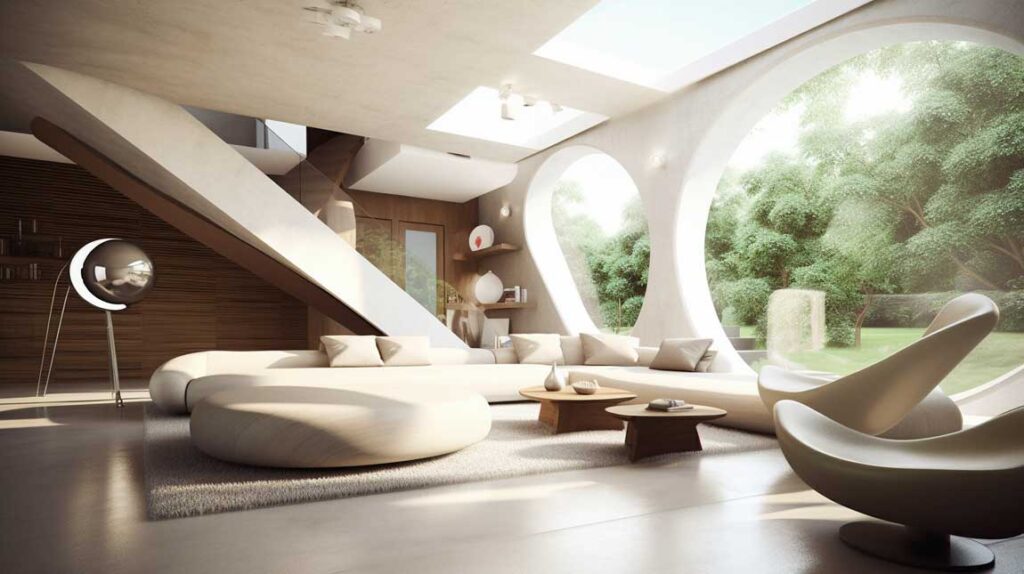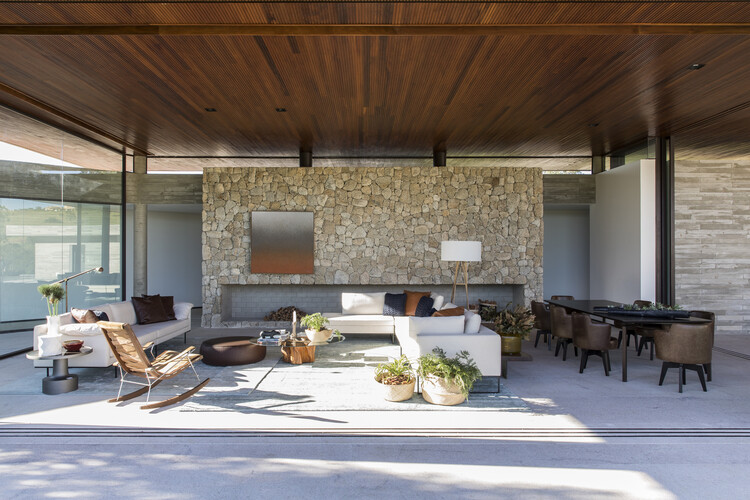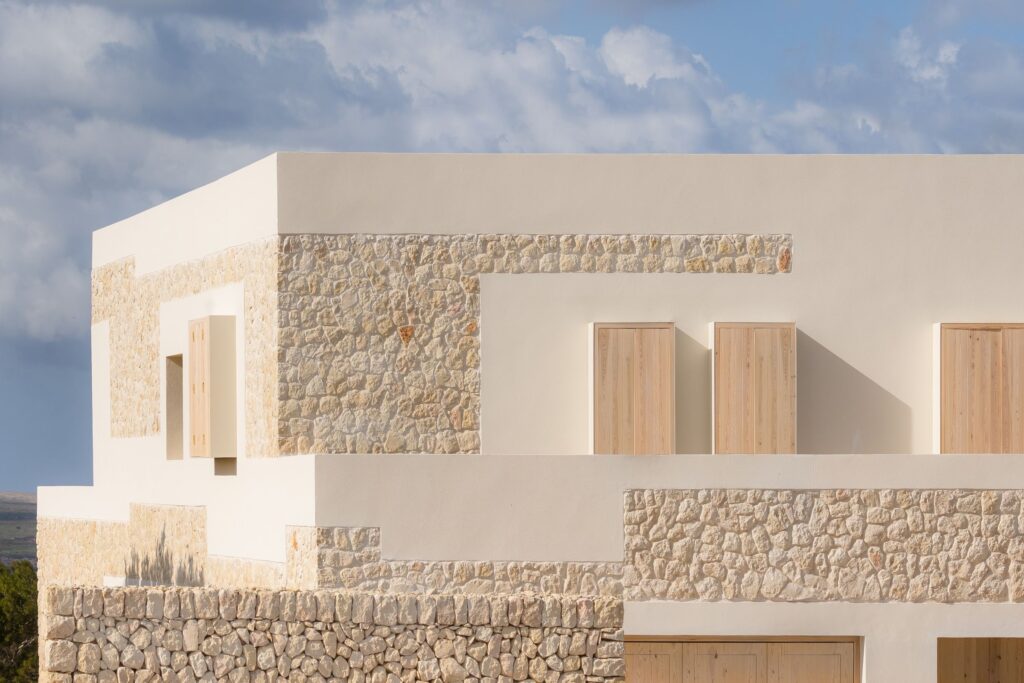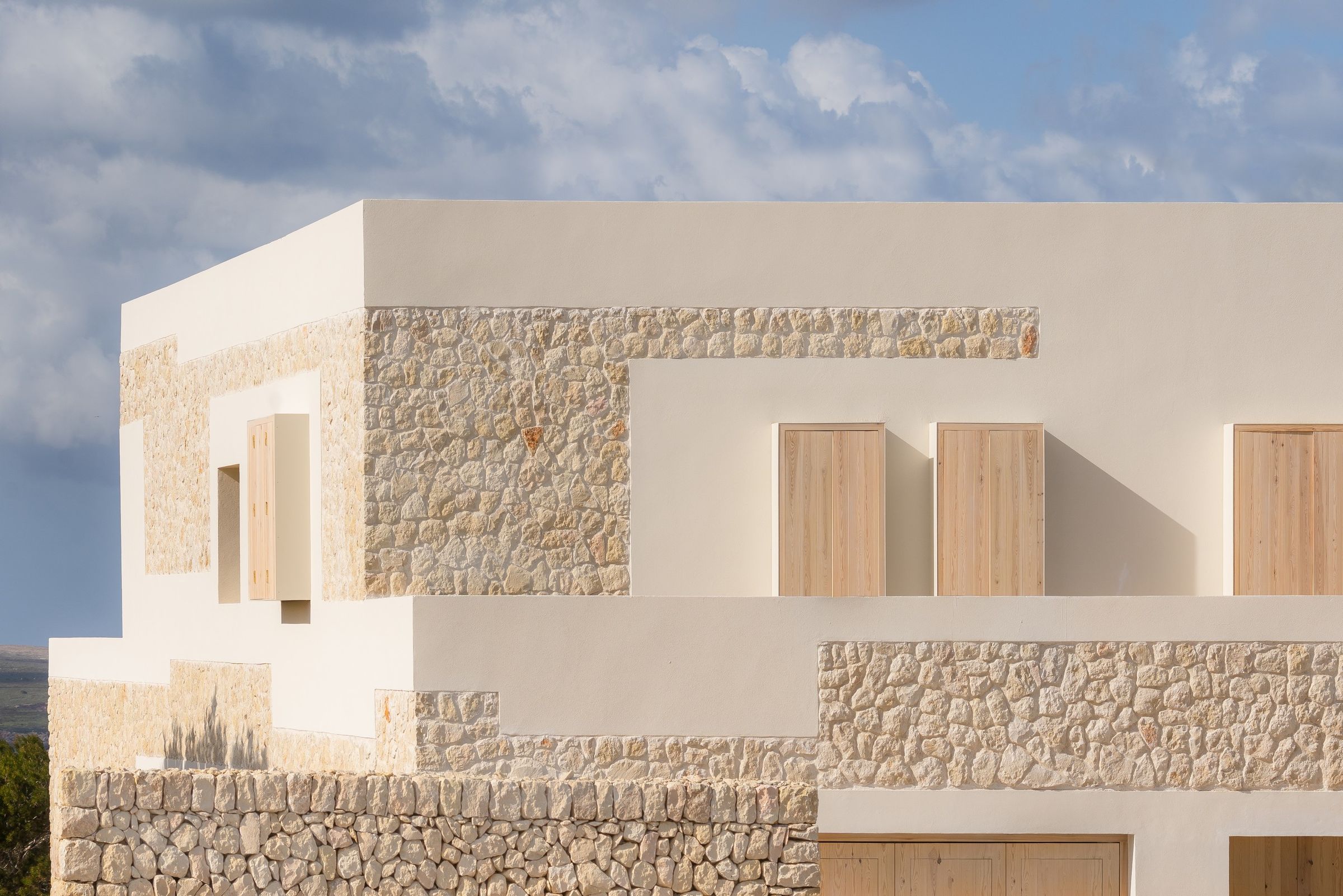In the realm of architecture, the use of natural elements such as stone has long been revered for its ability to imbue spaces with a sense of timelessness, elegance, and connection to the earth. From ancient monuments to contemporary skyscrapers, architects have embraced the beauty and versatility of stone to create structures that harmonize with their surroundings while making a bold statement. In this article, we explore the art of designing with stone, examining how architects incorporate natural elements into modern architecture to achieve stunning and sustainable results.
Honoring Tradition:
The tradition of using stone in architecture dates back thousands of years, with civilizations around the world harnessing the enduring beauty and strength of this natural material to construct iconic landmarks and sacred spaces. From the Great Pyramids of Egypt to the temples of ancient Greece and the cathedrals of medieval Europe, stone has been a cornerstone of architectural expression, symbolizing permanence, craftsmanship, and cultural identity.
In modern architecture, the tradition of using stone continues to thrive, with architects drawing inspiration from historical precedents while embracing contemporary design principles and technologies. Whether used as a structural element, cladding material, or sculptural feature, stone evokes a sense of history and tradition, grounding buildings in their cultural and geographical context.

Embracing Sustainability:
In an era of increasing environmental awareness and resource scarcity, the use of natural materials such as stone has gained renewed importance in sustainable architecture. Unlike synthetic materials that require extensive processing and energy-intensive manufacturing processes, stone is inherently sustainable, requiring minimal processing and maintenance while offering durability, longevity, and recyclability.
Architects are harnessing the sustainability benefits of stone by incorporating locally sourced and responsibly quarried materials into their designs. By selecting stone from nearby quarries and employing efficient extraction and transportation practices, architects minimize the environmental impact of their projects while supporting local economies and preserving natural landscapes.
Blending Tradition with Innovation:
While stone has a rich tradition in architecture, its use in modern buildings is far from traditional. Architects are pushing the boundaries of design and construction by experimenting with innovative techniques, technologies, and applications that showcase the versatility and adaptability of stone in contemporary settings.

From parametrically designed facades to digitally fabricated sculptures, architects are leveraging advanced digital tools and fabrication methods to create intricate geometries, complex forms, and dynamic textures in stone. CNC machining, 3D printing, and robotic fabrication enable precise customization and mass customization, allowing architects to realize their vision with unprecedented precision and efficiency.
Furthermore, architects are exploring new ways to integrate stone with other materials such as glass, steel, and timber to create hybrid structures that blend tradition with innovation. The juxtaposition of stone with modern materials and technologies creates compelling contrasts and dialogues, enriching the built environment with layers of meaning, texture, and visual interest.
Designing with stone is an art that bridges the past with the present, tradition with innovation, and nature with technology. In modern architecture, stone continues to captivate and inspire architects with its timeless beauty, sustainability, and versatility. By embracing the rich tradition of stone craftsmanship while harnessing the power of digital tools and sustainable practices, architects are creating buildings that resonate with history, culture, and the natural world, enriching the human experience and shaping the future of architecture for generations to come.


